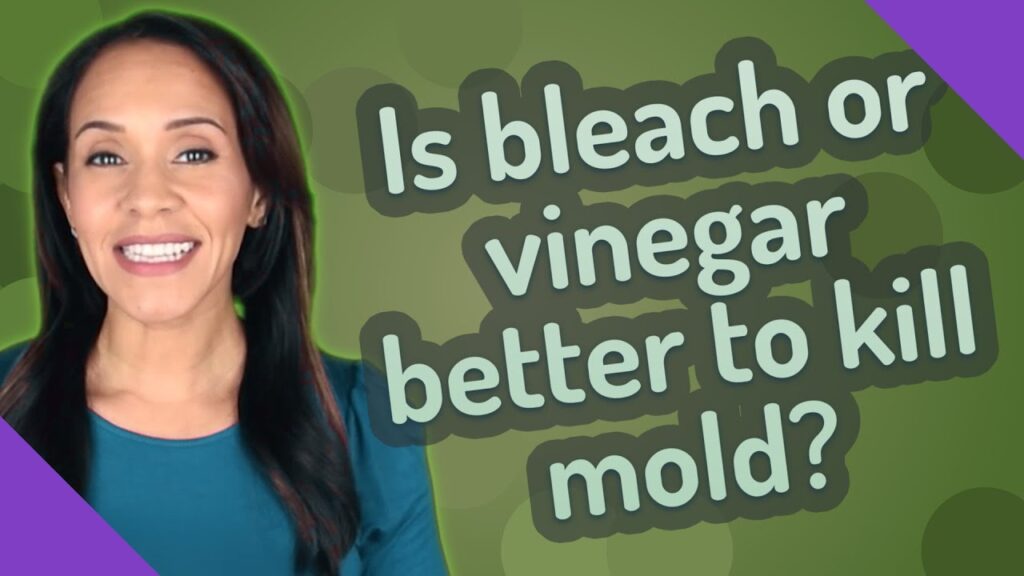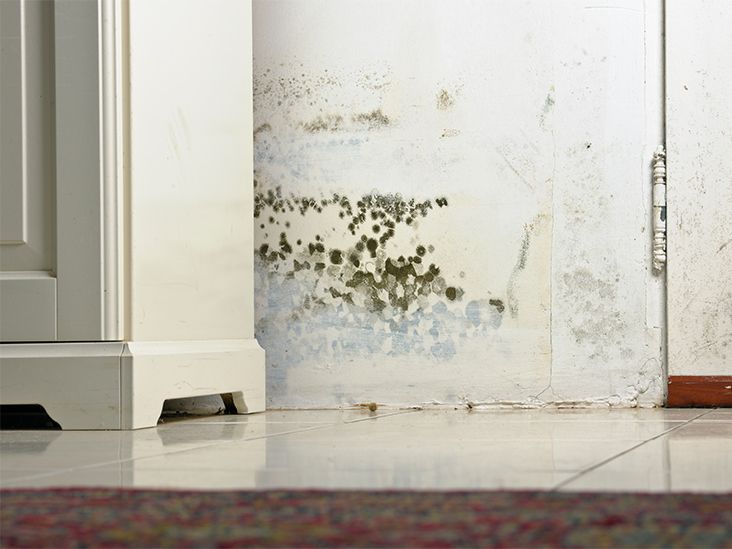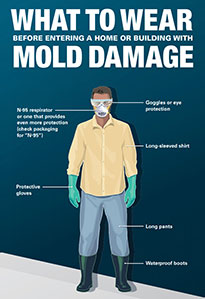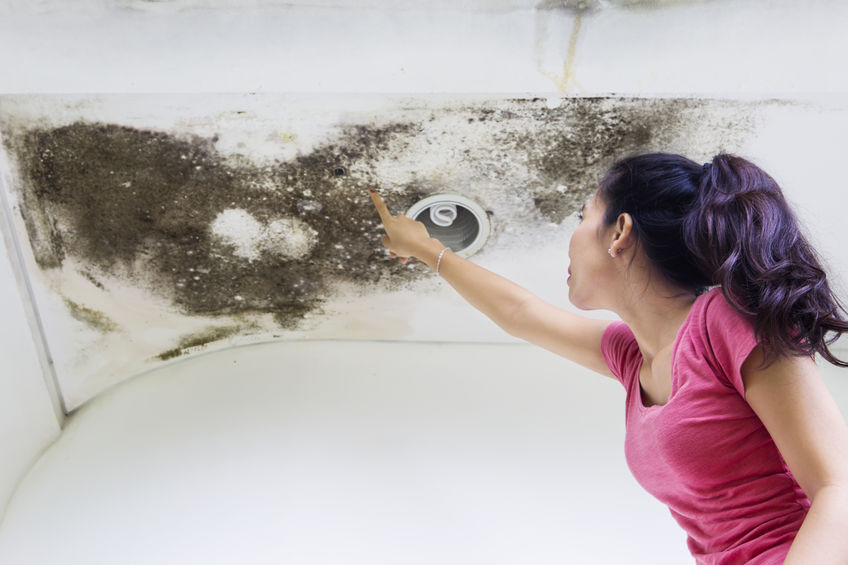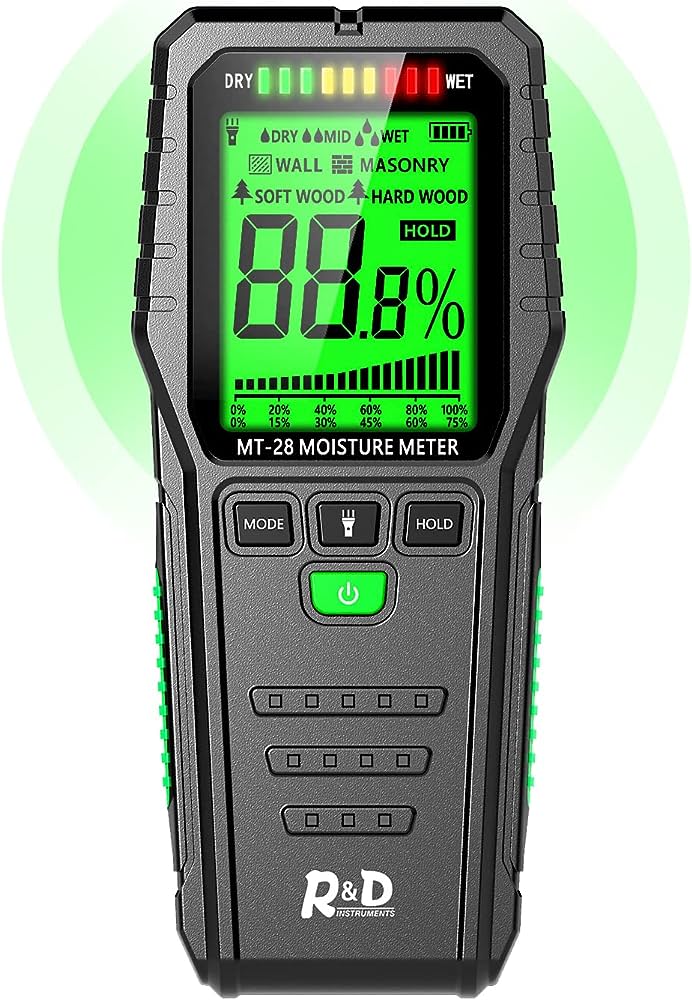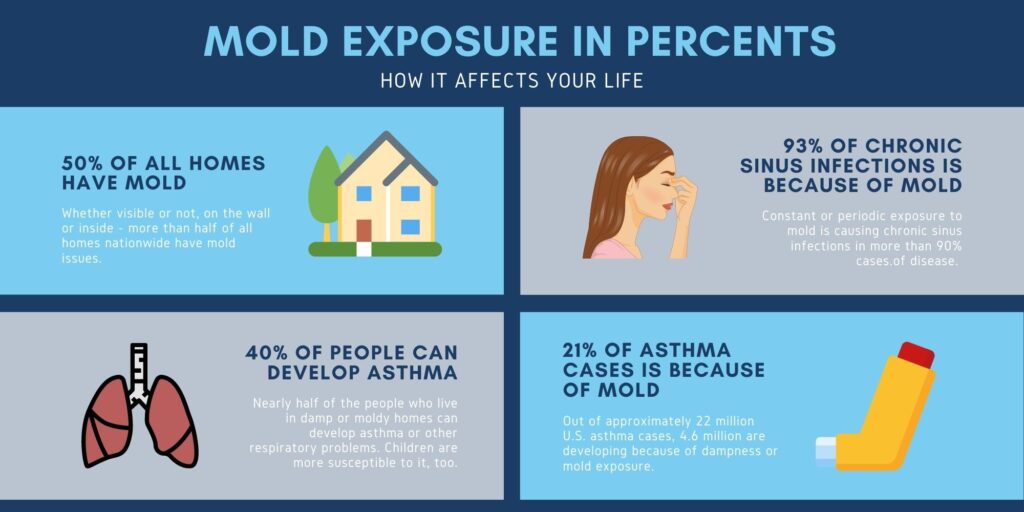When it comes to combating mold in your home, the debate between bleach and vinegar has been ongoing. You may have wondered which one is more effective in eliminating those stubborn mold spores. Well, today we are here to provide you with an answer. In this article, we will compare the pros and cons of bleach and vinegar when it comes to tackling mold, helping you make an informed decision on which solution to reach for when battling mold growth. So, let’s settle the bleach versus vinegar debate once and for all!


Overview
Dealing with mold can be a frustrating and unpleasant task, but it’s important to address the issue promptly for the health and well-being of you and your loved ones. Mold not only looks unsightly, but it can also pose potential health risks. Fortunately, there are several methods you can use to remove mold from your home. Two common options are bleach and vinegar. In this comprehensive article, we’ll explore the effectiveness of bleach and vinegar for mold removal, as well as their respective pros and cons. Additionally, we’ll discuss natural alternatives to these cleaning agents and provide practical tips for preventing future mold growth. So let’s dive in and tackle the mold problem together!
Understanding Mold
What is mold?
Mold is a type of fungus that thrives in areas with excess moisture and organic materials. It reproduces by producing spores that can easily spread through the air. Mold can come in a variety of colors, including black, green, and white, and it tends to grow in damp, warm, and poorly ventilated places.
Dangers of mold
While some types of mold are harmless, others can cause potential health problems. Prolonged exposure to mold spores can trigger allergic reactions such as sneezing, coughing, and itchy eyes. Individuals with respiratory conditions, weakened immune systems, or allergies may experience more severe symptoms. In some cases, toxic molds like Stachybotrys chartarum, commonly known as black mold, can release mycotoxins that may lead to serious health issues.
Where does mold grow?
Mold can grow in various areas of your home, including bathrooms, kitchens, basements, and areas with water damage. It can thrive on surfaces such as walls, ceilings, carpets, and even clothing. Identifying areas prone to mold growth is crucial in preventing its spread and ensuring a healthy living environment.
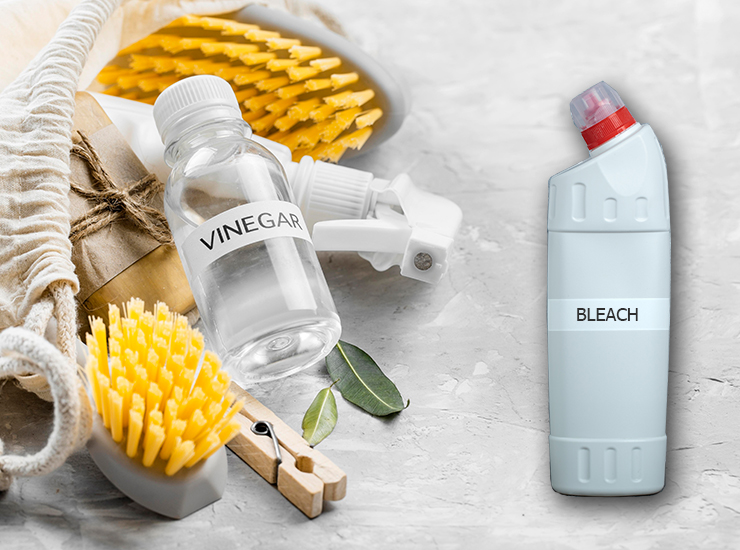

Bleach for Mold Removal
Effectiveness of bleach
Bleach is a powerful and widely available disinfectant that kills a broad spectrum of bacteria, viruses, and fungi, including mold. Its effectiveness in eliminating mold is due to its active ingredient, sodium hypochlorite. When applied to mold-infested surfaces, bleach breaks down the mold’s structure, rendering it inactive.
How to use bleach for mold removal
To use bleach for mold removal, follow these steps:
- Protect yourself by wearing gloves, goggles, and a mask to prevent direct contact and inhalation of bleach fumes.
- Open windows or use fans to ensure proper ventilation in the area you’ll be working in.
- Mix one cup of bleach with one gallon of water in a bucket.
- Using a sponge or brush, apply the bleach solution to the moldy surface, ensuring complete coverage.
- Let the solution sit for 15 minutes.
- Scrub the moldy area with the sponge or brush, removing the mold and any visible stains.
- Rinse the area thoroughly with clean water.
- Dry the surface completely to prevent future mold growth.
Safety precautions when using bleach
While bleach can effectively eliminate mold, it is essential to take proper safety precautions when using it. The fumes from bleach can be harmful, so ensure the area is well-ventilated. Avoid mixing bleach with other cleaning products, as this can produce toxic gases. Additionally, bleach can damage certain surfaces and materials, such as fabrics and wood. Therefore, it’s essential to test the bleach solution on a small, inconspicuous area before applying it to larger surfaces.
Vinegar for Mold Removal
Effectiveness of vinegar
Like bleach, vinegar is a versatile and affordable cleaning agent that can also assist in mold removal. It contains acetic acid, which has antimicrobial properties that can inhibit mold growth and kill some types of mold. While vinegar may not be as potent as bleach, it is considered a safer, natural alternative.
How to use vinegar for mold removal
To use vinegar for mold removal, follow these steps:
- Fill a spray bottle with undiluted white vinegar.
- Spray the vinegar directly onto the moldy surface, ensuring it is thoroughly saturated.
- Allow the vinegar to sit on the moldy area for at least one hour.
- Scrub the surface with a brush or sponge to remove the mold.
- Rinse the area with water to remove any remaining vinegar and mold residue.
- Dry the surface completely to prevent mold regrowth.
Safety precautions when using vinegar
While vinegar is generally considered safe, it is still important to take necessary precautions when using it for mold removal. Vinegar has a strong odor, so ensure adequate ventilation during the cleaning process. Furthermore, vinegar is acidic and may cause damage to surfaces like marble or natural stone. Always test the vinegar solution on a small, inconspicuous area before applying it to larger surfaces.
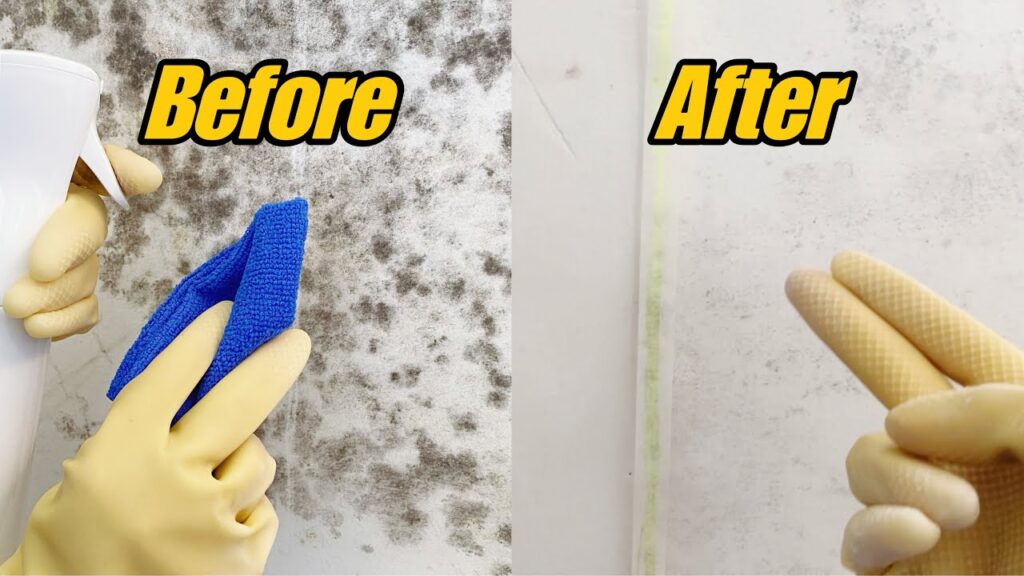

Comparing Bleach and Vinegar
Pros and cons of using bleach
Bleach has several advantages when it comes to mold removal. Its active ingredient, sodium hypochlorite, is highly effective in killing mold and disinfecting surfaces. Bleach is readily available, affordable, and easy to use. However, it has some drawbacks. Bleach’s strong fumes can be irritating and harmful, requiring proper ventilation during use. Additionally, bleach can damage certain materials, and its effectiveness may be limited on porous surfaces where mold can grow deep within.
Pros and cons of using vinegar
Vinegar offers its own set of pros and cons for mold removal. It is a natural cleaning agent that is safe for people, pets, and the environment. Vinegar’s acidic nature helps kill some types of mold and inhibit their growth. It is also affordable and readily available. However, vinegar may not be as effective against all types of mold, especially if the infestation is severe. Furthermore, vinegar’s strong odor may be a deterrent for some users.
Which one is more effective?
Both bleach and vinegar have proven to be effective in removing mold, but their effectiveness may vary depending on the type and extent of the mold infestation. Bleach is generally more potent and can penetrate deeper into porous surfaces. It is particularly useful for eliminating mold stains. On the other hand, vinegar serves as a milder alternative and is suitable for light to moderate mold growth or for individuals who prefer natural cleaning solutions. Ultimately, choosing the right method depends on your specific situation and personal preferences.
Which one is safer?
When it comes to safety, vinegar is generally considered the safer option. It is non-toxic and poses minimal health risks, making it suitable for households with children and pets. Bleach, while effective, can produce strong fumes and requires proper ventilation to prevent inhalation. Bleach is also corrosive and can cause damage to certain materials if not used properly. Always follow safety guidelines and use personal protective equipment when working with either cleaning agent.
Natural Alternatives to Bleach and Vinegar
Tea tree oil
Tea tree oil is a natural essential oil that possesses antifungal properties, making it effective against mold. Mix approximately ten drops of tea tree oil with one cup of water in a spray bottle. Spray the solution onto the mold-infested area and leave it to sit for a few hours. Scrub the surface and rinse thoroughly.
Hydrogen peroxide
Hydrogen peroxide, a commonly found household item, can also be used as a natural mold remover. Pour the hydrogen peroxide into a spray bottle and apply it directly to the moldy surface. Allow it to sit for ten minutes before scrubbing and rinsing the area. Hydrogen peroxide not only removes mold but also eliminates the musty odor associated with it.
Baking soda
Baking soda is known for its absorbent and deodorizing properties. To use baking soda for mold removal, mix it with water to create a paste-like consistency. Apply the paste directly to the moldy surface and scrub gently. Rinse the area with water and dry thoroughly to prevent future mold growth. Baking soda is especially useful for removing mold from fabrics, carpets, and upholstery.
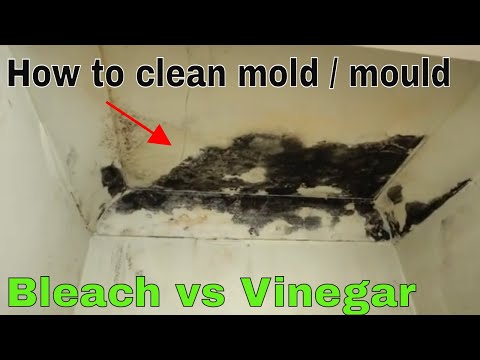

Preventing Mold Growth
Keep humidity levels low
Mold thrives in moist environments, so keeping humidity levels in your home between 30% and 50% is crucial in preventing mold growth. Use dehumidifiers or air conditioners to control humidity, especially in areas prone to dampness such as bathrooms, kitchens, and basements. Regularly monitor humidity levels with a humidity meter to ensure optimal conditions.
Improve ventilation
Proper ventilation is essential in preventing mold growth. Ensure adequate air circulation by using exhaust fans in bathrooms and kitchens. Open windows and utilize fans to promote airflow throughout the house. Ventilate areas prone to moisture, such as attics and crawl spaces, to prevent condensation buildup.
Address water leaks and moisture sources
Water leaks or excessive moisture can create ideal conditions for mold growth. Promptly repair any leaks in pipes, roofs, or windows to prevent water infiltration. Check for condensation on windowsills, pipes, and walls and address the underlying cause. Use waterproof materials in areas exposed to water, such as bathrooms and laundry rooms.
Clean and dry affected surfaces
Regularly clean and dry surfaces prone to moisture, such as showers, sinks, and countertops. Wipe off any excess moisture or water spills immediately. Use mold-inhibiting cleaning products or natural cleaning solutions to prevent mold growth. Regularly inspect and clean areas that are typically overlooked, such as behind furniture or appliances.
When to Call Professionals
Extensive mold infestation
If you discover a large area affected by mold or notice mold growth in challenging-to-reach areas, it may be best to call professionals. Professional mold remediation companies have the expertise and specialized equipment to handle extensive mold infestations effectively. They can assess the situation, identify the root cause of the problem, and provide efficient solutions to eradicate the mold.
Hidden mold
Mold can sometimes grow undetected within walls, behind wallpaper, or in hidden areas. If you suspect hidden mold or notice a musty odor without any visible signs of mold, it’s wise to seek professional help. Mold specialists can perform thorough inspections using specialized tools such as moisture meters and thermal imaging cameras to identify hidden mold growth.
Health concerns
If you or your family members experience persistent or severe allergic reactions, respiratory issues, or other health problems that you suspect are related to mold exposure, consult a healthcare professional. They can help determine the cause of your symptoms and advise on the necessary actions to address any health concerns associated with mold.


Conclusion
Dealing with mold can be daunting, but armed with the right knowledge and strategies, you can effectively remove mold and prevent its recurrence. While both bleach and vinegar have their benefits and drawbacks, you can choose a suitable method based on your specific needs and preferences. Additionally, natural alternatives such as tea tree oil, hydrogen peroxide, and baking soda provide effective and environmentally friendly options for mold removal. Remember to prioritize safety when working with cleaning agents and implement preventative measures such as controlling humidity, improving ventilation, and addressing water leaks. Should you encounter extensive mold growth, hidden mold, or health concerns, do not hesitate to seek assistance from professionals. By taking a proactive approach to mold prevention and removal, you can create a healthier and mold-free living environment for you and your loved ones.

